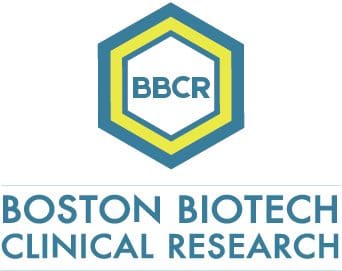Could Seamless Adaptive Designs Advance Rare Disease Clinical Trial Design?
Clinical development of a new drug product is a lengthy and costly process. For rare diseases, this lengthy clinical development process is not acceptable and adaptive design methods in clinical trials are called for shortening the development process. It is key to mention that adaptive design methods do not compromise the safety, efficacy and validity of the trial with a limited number of subjects.
A biomarker-adaptive design is a design that allows for adaptations based on the response of biomarkers. A biomarker-adaptive design can be used for:
- Enrichment of selected patient within a disease
- Identify a specific stage of disease progression
- Early disease diagnosis even before advanced clinical symptoms
- Identify good- and poor-prognosis patients at the time of diagnosis
- Predict responder versus no responder patients to a given therapy
Establishing a predictive model between relevant biomarkers and clinical outcomes in clinical development involves biomarker qualification, selection and screening design, and validation.
Adaptive design methods in rare disease clinical development including adaptive dose finding, adaptive seamless phase I/II in early clinical development, and adaptive seamless phase II/III in late phase clinical development increase the probability of success, shorten the development time and are very efficient.
In practice, in addition to the many important factors impacting on the development process, we should not underestimate the statistical components.
Adaptive design methods are very attractive due to their flexibility and are very useful especially in early clinical development and reflect real clinical practice in clinical development.

Specializing in rare disease, Boston Biotech Clinical Research works with biotech, pharmaceutical, device companies and investors to streamline the clinical trial process. Our experienced team helps each client reach their specific goals by customizing a clinical and regulatory road map of simplified programs and streamlined protocols to meet our clients’ requirements.

